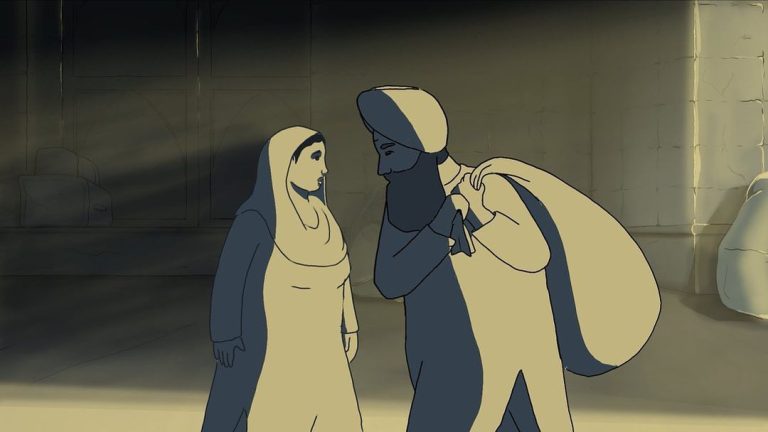An 8 year old girl, an old man on the wrong side of the border and an elderly woman reminiscing. The emotional upheaval of India’s 1947 partition and the largest forced migration in history. And most importantly voices that were lost in the noise as Britain, Pakistan and India each sought to write their own narrative.
Interesting then, that all of these characters take on life together to rework what these three countries think they know about the human experience of partition. “Lost Migrations,” a 3 part animated series made in collaboration between the three countries, stands out as a project that seeks to highlight those that were ignored in partition stories. Currently screening at BFI SouthBank since August 2022, the series headed by Project Dastaan consists of Sultana’s Dream, directed by Spitting Image India, and Puffball Studios in Pakistan directing Seabirds and Rest in Paper.
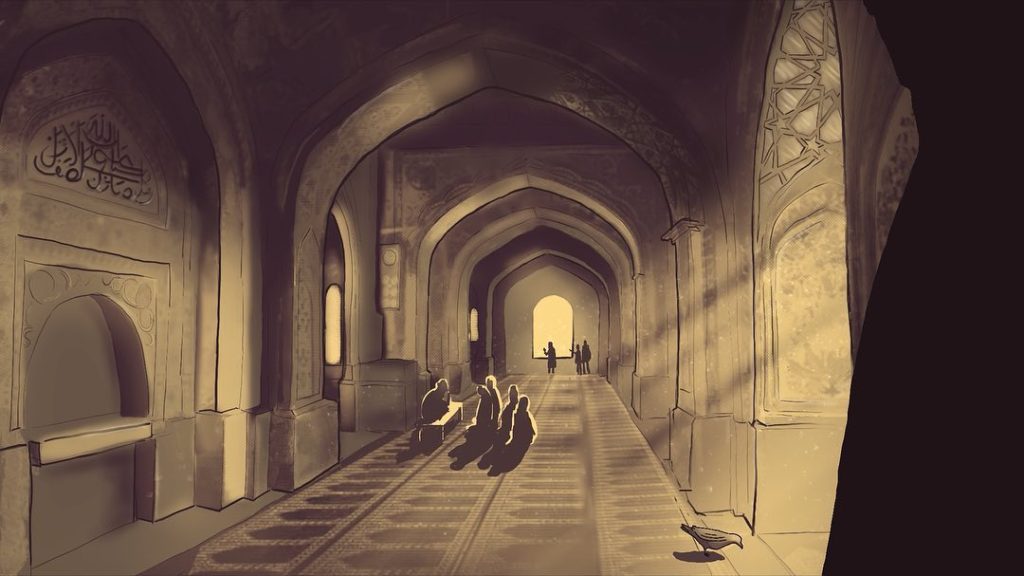
“Till now, most people in Pakistan would see an animated project and assume it’s for children,” says director of Seabirds, Sawera Jahan who is also an animator and illustrator. Yet despite the lack of animated stories present in the country, Puffball Studios previous projects – Shehr e Tabassum and Swipe, hit home with audiences. The team hoped to do the same with their work in Lost Migrations – which was particularly interesting given the often emotional and somewhat controversial nature of partition and the histories that have been taught around it.

Project Dastaan focuses their work on connecting partition witnesses with their childhood homes, and this series in particular focused on groups of partition survivors and witnesses whose experiences have been mostly ignored in favor of the majority. The stories were a mix of interviews with partition witnesses along with inspiration drawn from some of the most unique pieces of South Asian literature to be written. Utopian women-led sci-fi world of Begum Rokhaya Sakhawat’s Sultana’s Dream, and Toba Tek Singh, a partition story by Saadat Hasan Manto, one of the regions most controversial writers inspired Sultana’s Dream and Rest in Paper. The mix of real with surreal and literary worlds allowed the series to take viewers on a journey that challenged what they thought they knew about their own histories. Even for the creators, finding the balance between creative freedoms of expression and staying true to survivors was a tough challenge.

“Emotionally it was tough. Sultana’s dream is particularly about women’s stories in partition, so the content was emotionally draining, and the learning was also how to depict these kinds of histories in a sensitive way. We didn’t try to make it visceral or have any gratuitous violence depicted. We wanted to be sensitive to survivors of physical and sexual violence, so our learning as visual artists was to be sensitive and be aware,” says Sandhya Visvanathan, a partner at Spitting Image who works in animation and graphic design.
The conversations around partition violence aren’t new, but Lost Migrations aimed to go beyond those depictions and animation seemed to be the perfect medium. “Animation allows you to be in a character’s state of mind, with a bit of distance,” says Aniruddh Menon, a musician, animator and designer at Spitting Image. Across the border, founder of Puffball Studios Arafat Mazhar holds similar views. “In the partition films we see, there’s only so much tonal variation we see in terms of genre. In these films we’ve created a bit of black comedy with one, and the other was a quirky dreamscape film. Animation is allowing us to show how food and partition and food and migration have a relationship but we’re doing it visually. They’re demonstrating powerfully the emotional impact of the time that live action couldn’t do,” he says.
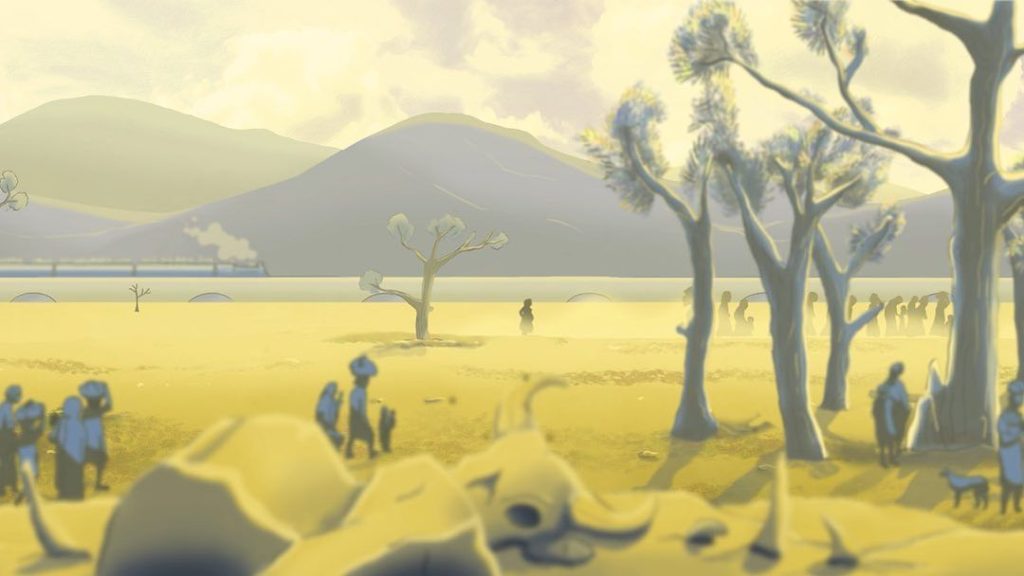
For viewers that translates into seeing Partition through previously unseen lenses. Seabirds is seen through the lens of an 8 year old girl, which meant that viewers didn’t see partition as much as they say the impact of far off political decisions on everyday families. Jahan, as both director and visual artist, shares that the film became somewhat personal to her because the young protagonist reminded her of her grandmother and adds that she even made the character look like her dadi visually. The series also explores stark contrasts in tone and emotions. While Seabirds is a story of hope, Rest in Paper, directed by Haseeb Ur Rehman at Puffball is a lot more cynical. Based on the idea of statelessness, the film follows an old man who keeps trying to cross the border only to be left drowning in a pile of immigration paperwork. “Experiences were so similar on both sides of the border, you can simply change city names from Lahore to Amritsar and still show the same story,” Rehman says.
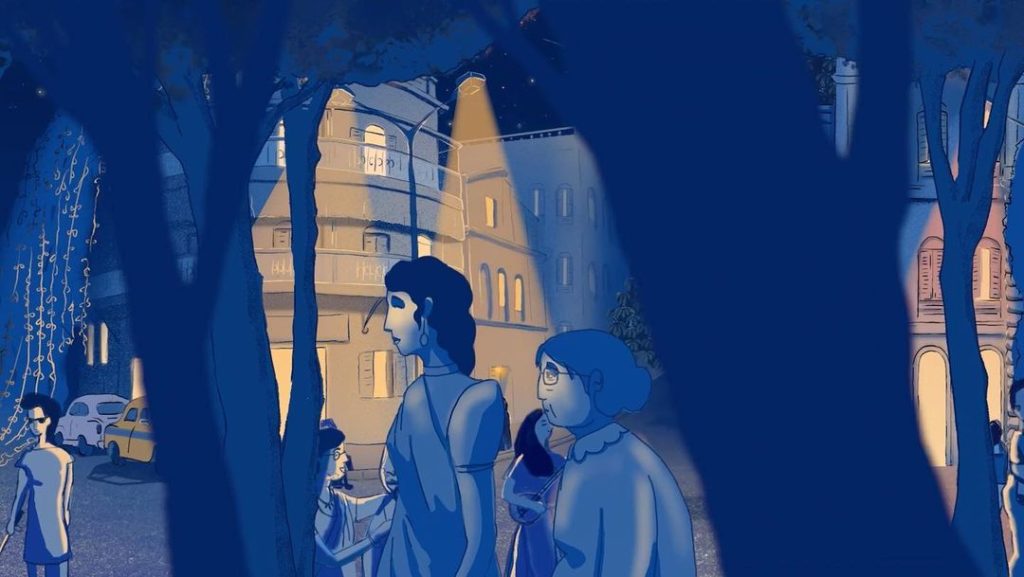
Animation has allowed these creators to bring new life, and more importantly new perspectives to a story that affects everyone in the subcontinent. The utopian element that Sultana’s Dream brings in, at a time when the women’s rights movement in South Asia is at a crucial place in it’s progress, adds layers of depth to the conversation. For Aditya, the co-founder of Spitting Image, the colors which added to the utopian magical realism and the element of sound playing into that particular vibe made the film what it was. Musician and visual artist Shoumik, who was responsible for the sound that Aditya praises says the minimal music was kept intentional to play into the surrealism that surrounded the script.
With so much to connect over, and so much shared history – the current political barriers that keep Pakistan and India apart makes it even worse. It’s what inspired co-founder of Project Dastaan Saadia Gardezi to pursue this project as a cross border collaboration in the first place. It’s what inspired co-founder of Project Dastaan Saadia Gardezi to pursue this project as a cross border collaboration in the first place. “It’s interesting because Lost Migrations played at BFI, and we had a show at the Victoria and Albert Museum, at a time when we’re recognising the role of museums in looting and plundering but also slowly making space for these stories that critique empire. There’s a slow willingness to engage with histories of diaspora in the UK. So I can only hope India and Pakistan can make space for each other,” she says.
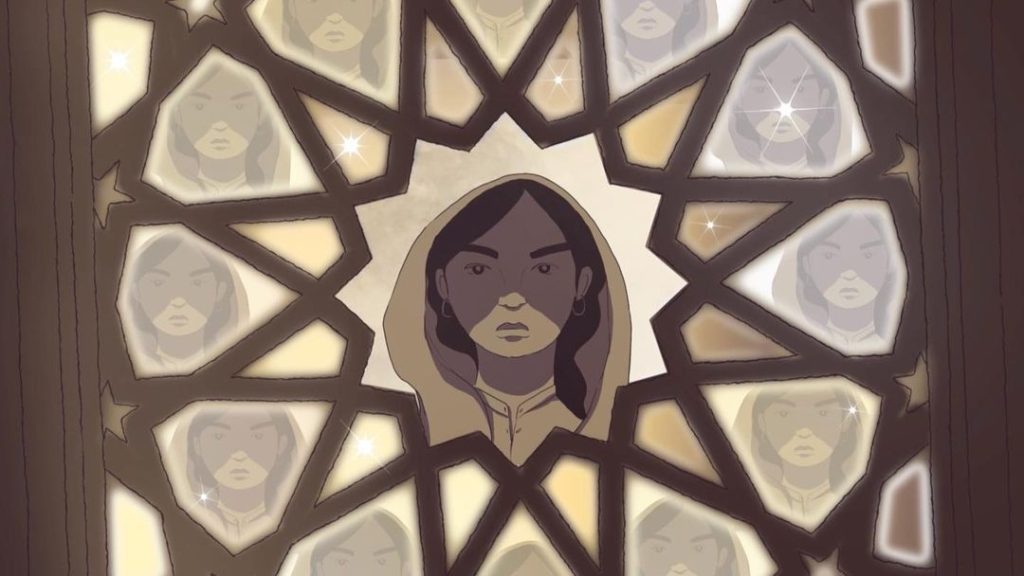
But while premiering in the UK has its own impact, Menon is quick to point out the importance of Pakistanis and Indians being able to see these films in their own country. “But a lot of it was also our own country men vying for power at the cost of people’s lives,” he says when talking about the importance of people in South Asia having to see and sit with these narratives.
So much of the thought process behind the work being done on both sides of the border rang similar in so many ways – despite the different tones for the films. It’s just another sign of how much South Asian communities could learn from one another in an effort to establish their own unique voice against the dominance of the Global North, believes Mazhar.

“It was incredible seeing animators in India working in the same way. Trying to figure out their voices. Animation for adults is in a nascent stage in both of our countries, so we’re learning how we can develop voices that aren’t the global north’s voices and developing our style to see what a story of an animator looks like in our world.”



